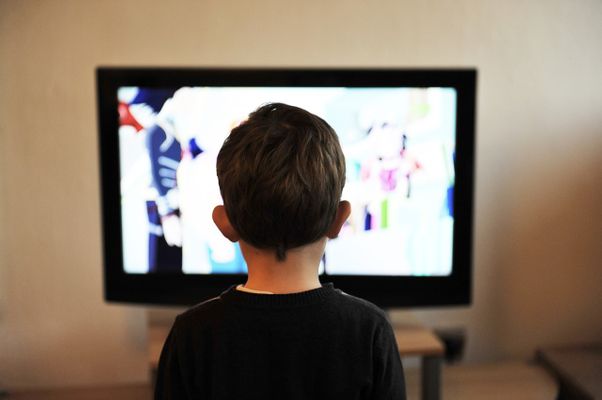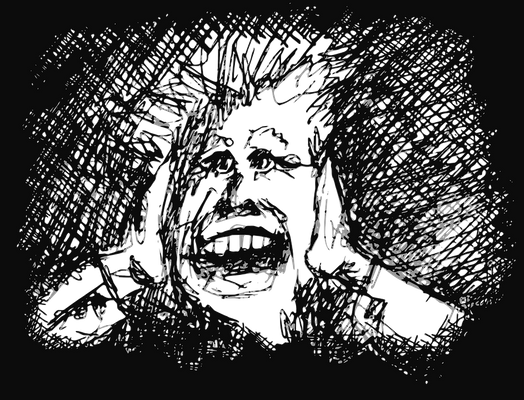4.3.8
Media Reporting of Crime
Media Reporting of Crime
Media Reporting of Crime
Media is a secondary agent of socialisation. Media can influence public awareness over an issue since they are responsible for informing people.


Accuracy of media reports
Accuracy of media reports
- The media is powerful they decide what will and won’t be reported in the news.
- The media set their own agenda (agenda setting) according to what they regard as most significant.
- In other words, they include in their headlines specific topics that they think are newsworthy (news value).


News value
News value
- Journalists believe that there are specific stories that audiences tend to get engaged with, such as anything that has to do with:
- Children.
- Violence / graphic images.
- Celebrities.
- Events that have taken place locally.
- Events that are easily understood by the majority of the people.


Influence
Influence
- The public relies on the media to be informed which means that media form people’s perception of current affairs.
Media Reporting of Crime
Media Reporting of Crime
Media is a secondary agent of socialisation. Media can influence public awareness over an issue since they are responsible for informing people.


Sensationalism
Sensationalism
- The media want to attract attention by exaggerating circumstances in order to have a bigger audience.
- The media have the power to make crime look worse than it is in reality.
- They do this because:
- People are attracted by the drama.
- This kind of news causes emotions.


Deviancy amplification
Deviancy amplification
- According to sociologists, the media create deviancy amplification.
- A good example of deviancy amplification is the Mods and Rockers.
- Deviancy amplification happens gradually/in stages.


Stages of deviancy amplification:
Stages of deviancy amplification:
- Initially the criminal act takes place.
- Then the media report it in a sensationalised/exaggerated way which results in increased concern from the audience who are focused on one group as the folk devil/scapegoat.
- Eventually this leads to public outcry when the problem is blown out of proportion causing a moral panic.


Violence media content
Violence media content
- It is argued that media can create crime as people (especially youngsters) imitate what they see, known the copycat effect.
- Research suggests that media violence can increase the possibility of violent behaviour.


Criticisms of the violent media hypothesis
Criticisms of the violent media hypothesis
- Other researchers, e.g. Ferguson, disagree with this statement as they claim that these results are based on lab experiments where the environment is contrived and doesn’t present the real world.
- They argue that other variables, such as family, are not controlled for in these studies either.
1The Sociological Approach
1.1Introduction to Sociology
1.2Sociological Approaches
1.3The Consensus vs. Conflict Debate
2Families
2.1Functions of Families
2.2Family Forms
2.3Conjugal Role Relationships
2.4Changing Relationships Within Families
2.5Criticisms of Families
3Education
3.1Roles & Functions of Education
3.2Processes Within Schools
4Crime & Deviance
4.1The Social Construction of Crime
4.2Social Control
4.3Criminal & Deviant Behaviour
5Social Stratification
5.1Social Stratification
5.2Poverty as a Social Issue
6Sociological Research Methods
6.1Research Methods
6.1.1Research Design
6.1.2The Scientific Method
6.1.3Other Considerations
6.1.4Primary Sources
6.1.5Secondary Sources
6.1.6Surveys
6.1.7Sampling
6.1.8Questionnaires
6.1.9Interviews
6.1.10Observation
6.1.11Statistics
6.1.12Case Studies
6.1.13Longitudinal Studies
6.1.14Ethnography
6.1.15Experiments
6.1.16Small Scale Research
6.1.17End of Topic Test - Research Methods
Jump to other topics
1The Sociological Approach
1.1Introduction to Sociology
1.2Sociological Approaches
1.3The Consensus vs. Conflict Debate
2Families
2.1Functions of Families
2.2Family Forms
2.3Conjugal Role Relationships
2.4Changing Relationships Within Families
2.5Criticisms of Families
3Education
3.1Roles & Functions of Education
3.2Processes Within Schools
4Crime & Deviance
4.1The Social Construction of Crime
4.2Social Control
4.3Criminal & Deviant Behaviour
5Social Stratification
5.1Social Stratification
5.2Poverty as a Social Issue
6Sociological Research Methods
6.1Research Methods
6.1.1Research Design
6.1.2The Scientific Method
6.1.3Other Considerations
6.1.4Primary Sources
6.1.5Secondary Sources
6.1.6Surveys
6.1.7Sampling
6.1.8Questionnaires
6.1.9Interviews
6.1.10Observation
6.1.11Statistics
6.1.12Case Studies
6.1.13Longitudinal Studies
6.1.14Ethnography
6.1.15Experiments
6.1.16Small Scale Research
6.1.17End of Topic Test - Research Methods
Unlock your full potential with Seneca Premium
Unlimited access to 10,000+ open-ended exam questions
Mini-mock exams based on your study history
Unlock 800+ premium courses & e-books